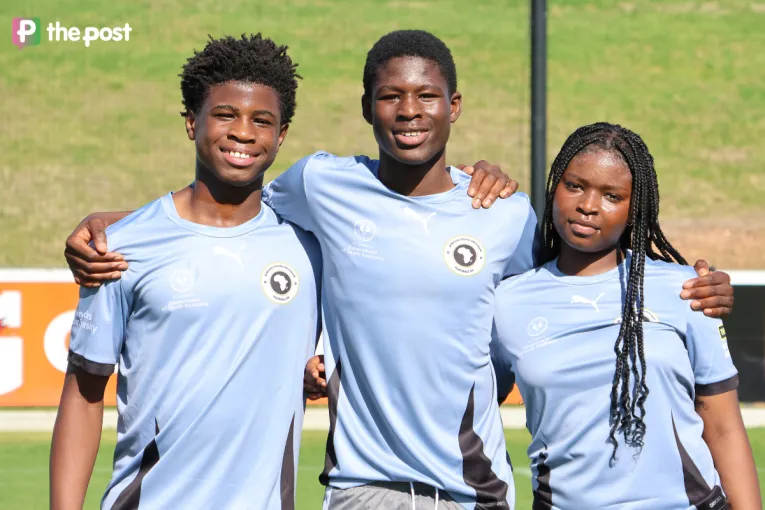Council considers slashing speed limits city wide
Adelaide City Council is considering making most city streets 30km/h and park lands roads 50km/h as part of their citywide speed limit review.

Applying a maximum speed limit of 30 km/h across the city “would significantly enhance the safety” of the city, the council’s Infrastructure and Public Works Committee heard last night.
The council have commissioned consulting company Stantec to undertake a speed limit review to determine the need for reducing speeds to support businesses and residents and create a safer city environment.
Currently, only three roads in the City of Adelaide are 30km/h: Plane Tree Drive, Hindley Street and a small section of Grote Street in the middle of Victoria Square.
In the past five years, the City of Adelaide has recorded 2400 crashes, four were fatal, 211 resulted in serious injury and 658 resulted in minor injury, according to the presentation given to the council last night.
This means someone is injured nearly every second day in the City of Adelaide.
There was a broad desire from councillors to see more information on the economic impact lower speed limits will have, rather than just the road safety statistics, before they decide.
Councillor Simon Hou said the cause of the accidents is a key part of the discussion.
“One core question we definitely need to find an answer for is what caused those accidents,” Hou said.
You might like
“What caused those collisions, whether or not it is because of the car speeds, or whether or not it’s because the pedestrians or the bike riders are not following the basic, common, traffic rules.”
There was a broad agreement from councillors that while they want to prioritise safety, they also need to consider the economic impact on the city if they reduce speeds.
“If the data shows that speeding kills people, this is not open for debate,” Lord Mayor Jane Lomax-Smith said.
“I would be happy to make the streets very slow limits if I thought it didn’t affect people going to the shops and to work in the city but were affecting through traffic, we honestly don’t want through traffic,” she said.
“I think the stats I saw previously, 90 per cent of the traffic on North Terrace was going through without stopping, it wouldn’t actually matter if we had less of them, because they’re not actually contributing to the good of the city.
“We know speed kills, the issue here is how brave we are and whether we can balance the economics, and the behaviour science to get an outcome that balances in the city.”

Most roads in the city are 50km/h, with 25km/h school zones and 60km/h on roads around the council border and roads that travel through the park lands.
Councillor Mark Siebentritt said he’s in favour of moving forward with a mixed speed limit approach that is “nuanced”.
“I’m thinking of areas along Gilles Street, for example, or Halifax where it absolutely makes sense to go 30 kilometres an hour,” he said.
Stay informed, daily
“For me it’s about the nuance, West Terrace to me stands out as something that could still be 60 and there would clearly be certain small, particularly residential streets that could be closer to 30.”

Councillor Janet Giles said she was in favour of moving to 40km/h speeds rather than 30 as an incremental change and balancing cycling infrastructure and slower speeds.
“It is very unlikely you see a child in a city school get on their bike and ride home or even walk on their own,” Giles said.
“We’ve got to get our cycling infrastructure right, but we can’t rely just on the infrastructure.”

Before the council debated their speed limit review, Dr Daniel Searson from Kidical Mass Adelaide told the meeting his community are in favour of slower speed limits.
Kidical Mass hosts an annual demonstration ride in the City of Adelaide, and this year it attracted over 400 people, about half of which were kids.
“One of the common themes among children attending was a desire for safer speed limits on the streets that they ride,” he said.
“The city of Adelaide has some improved infrastructure for cyclists and vulnerable road users, but there is still much to be done.
“Confident cyclists may feel okay riding on some streets in the city, but how many people feel comfortable with their children cycling on the streets of the city of Adelaide?
“How many people stand on North Terrace gripping their child’s hand because cars and busses are whizzing past at 50 kilometres per hour just meters away?
“A city should be a place for people to enjoy, not to fear, and not just to travel through in their car as fast as possible.”









